FAMILY VIOLENCE AWARENESS MONTH
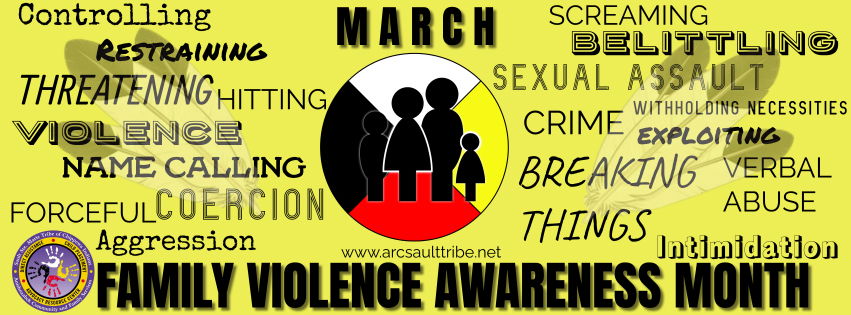
March Recognizes Family Violence and Parenting; Keeping Children Safe
March is Parenting Awareness Month. Typically, that means celebrating all things parenting; doing fun activities together as a family, working on crafts together, attending family-focused gatherings, and making happy memories. Although Covid-19 has really slowed things down in the way of gatherings and finding fun things to do about town, some families are not so fortunate when family violence is present. Family violence is a pattern of behaviors that are used to maintain power and control over a partner in an intimate relationship. Family violence can happen to anyone of any race, age, sexual orientation, religion, or gender from any socioeconomic background and education level. Family violence covers a broad range of acts that can include emotional, financial, physical, and sexual abuse. Family domestic violence not only harms the victim, but also presents dangers for immediate family members. Children are frequently victims of or witnesses to violence, abuse, and other crimes, including domestic violence. (Ojp.gov) Family violence is similar to intimate partner abuse however the intimate partner is not the only victim. Here are some signs of family violence/abuse:
Emotional and psychological abuse
This kind of family violence is when a person insults, upsets, intimidates, controls or humiliates their partner or ex-partner. It includes:
- yelling, swearing and name-calling
- putting their partner down in public or private
- using words to intimidate or threaten their partner
- doing or saying things to make their partner feel confused or question themselves – this is often called ‘gaslighting’
- stopping their partner from spending time with their children, friends or other family members
- damaging or destroying their partner’s personal belongings or property
- turning their children against their partner
- using their children to get information about their partner
- forcing or encouraging their children to insult or disobey their partner.
Physical abuse
This kind of family violence is any harmful or controlling physical behavior that a person uses towards their partner or ex-partner. It includes:
- shoving, pushing, punching, hitting, slapping or biting
- choking, smothering or pinning down their partner
- using weapons or objects to harm their partner
- harming or threatening to harm other family members or family pets.
Sexual abuse
This kind of family violence is any unwanted sexual behavior by a person towards their partner or ex-partner. It includes:
- threatening or intimidating their partner into unwanted sexual activities
- exposing their partner to sexual images or content they don’t want to see
- sharing sexual images or content about their partner without consent
- engaging in unwanted sexual contact with their partner
- raping their partner
- forcing their partner to become pregnant or sabotaging their partner’s contraception.
Harassment, stalking and threats of harm
This kind of family violence is unwanted monitoring of or contact with a partner or ex-partner. It includes a person:
- following their partner to see where they’re going or who they’re meeting
- tracking phones and other electronic devices to find out where their partner is or monitor their social and online activities
- putting software and spy cameras into children’s devices or toys
- constantly ringing or texting their partner
- threatening to harm their partner or the people close to them.
Financial abuse
This kind of family violence is any controlling behavior that might restrict a partner or ex-partner’s access to money. It includes a person:
- not letting their partner work outside the home for pay
- taking their partner’s pay, income or other benefits
- making their partner late for work, going to or interfering with their work, or causing their partner to lose work
- having sole control over family finances
- asking their partner to justify and document every expense
- withholding child support payments if they’re separated from their partner.
Cultural, spiritual and/or religious abuse This type of family violence is when a person stops their partner or ex-partner from practicing their religion, language or cultural activities.
Coercive control
Coercive control is when someone uses a range of controlling behaviors to manipulate, intimidate or trap someone in an abusive relationship. Someone experiencing coercive control is at high risk of increasing levels of physical violence, especially when they decide to leave the relationship. (raisingchildren.net.au) Many people believe that when the abuse is over, whether the parental relationship has ended or a parent is incarcerated, the family is now safe and the abuse is over. However, that is not always the case. Children, although resilient, suffer lasting effects of abuse of all kinds. Post-traumatic stress, anxiety, violence or anger towards others, and depression, are just a few of the lasting effects children may suffer from exposure to family violence. It is important to talk to your children about the abuse and let them know that it is okay to talk about their feelings of discomfort, fear, and worry. It is critical in your child’s healing process to give your child an opportunity to express their feelings and to ask questions. Talking to your children helps them feel safer. Talking can reassure them that the violence in NOT their fault. Talking to your children can teach your children that violence is not the way to solve issues, it can make children feel understood and cared for, and it can teach them that talking about their feelings is healthy and natural.
Try to find ways to build emotional resilience with your children. Talk to them, build emotional connection, boost their self-esteem, be non-judgmental in regards to their thoughts and feelings, teach them emotional control, persistence and perseverance, and work on ways to handle your stress and theirs. Find ways to bond with your child. Whether it’s videogames, music, shopping, reading books, playing with dolls, building with blocks, find a way to talk to and interact with your child. Should you find yourself in a relationship that displays any of these characteristics, the Advocacy Resource Center can offer assistance. Please contact an advocate at 906-632-1808 or visit www.arcsaulttribe.com to learn more about familial violence.
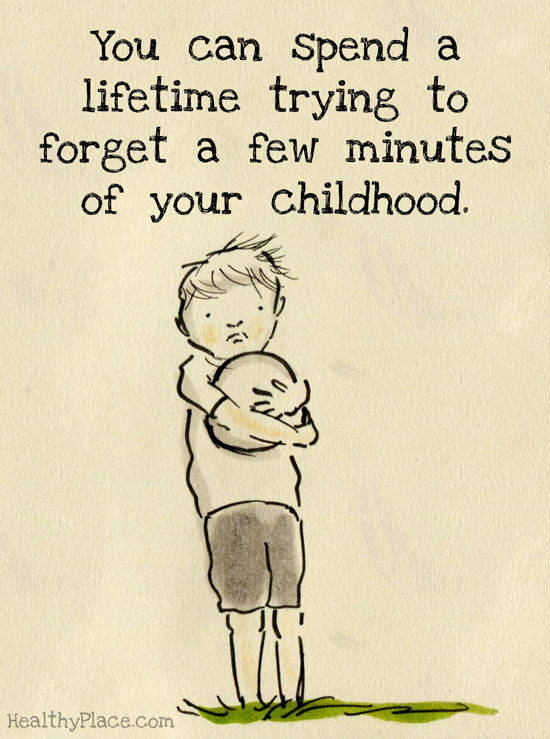
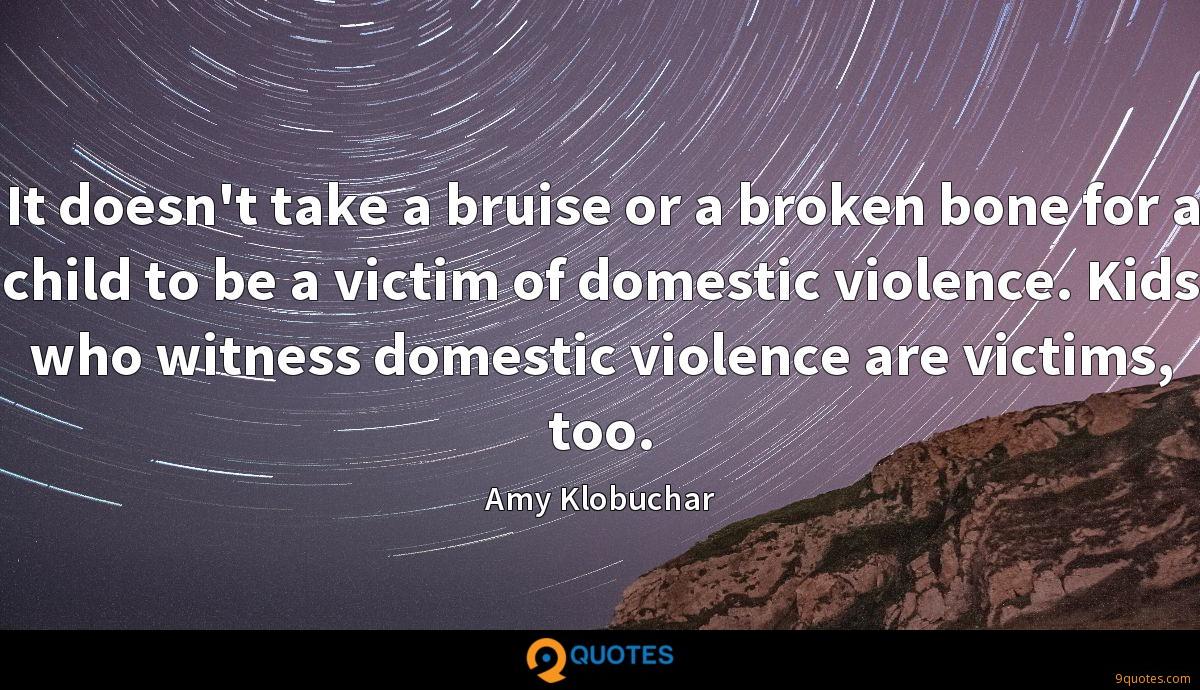
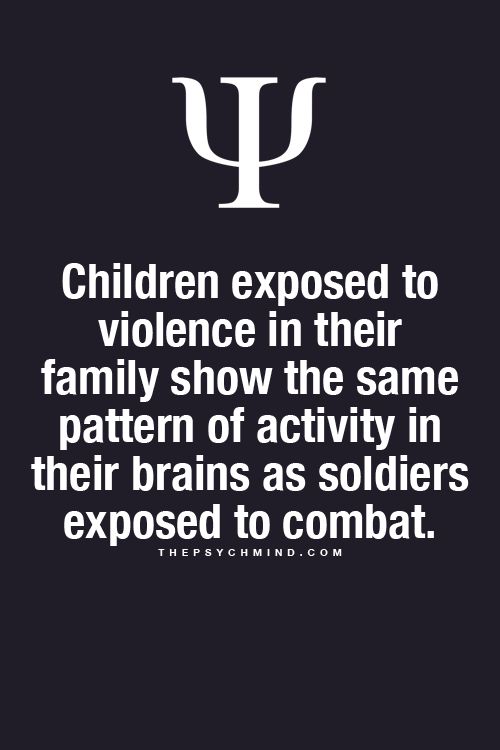
Example Text
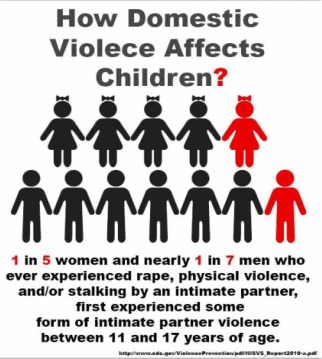


Child victims of FV/DV may demonstrate these behaviors. These behaviors are many times overlooked or mistaken for "bad behavior". Please think twice and be kind as we never truly know what someone is going through on the inside.